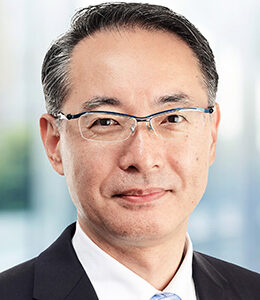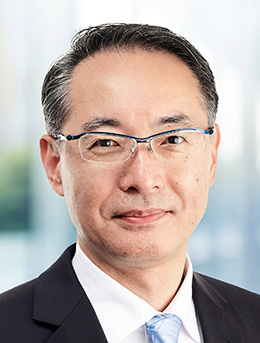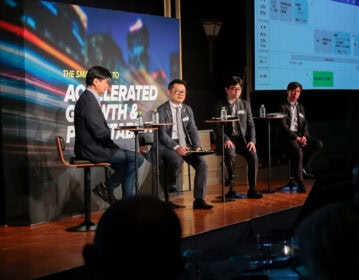
Across Japan, companies are dedicated to maintaining business continuity while facing three overlapping challenges: aging IT systems, limited budgets and a shortage of skilled IT talent. These aren’t new problems, but the pressure to address them is growing. Companies are now being asked to deliver more value from IT, faster — even as their teams shrink and systems age.
In our conversations with clients across the region, one trend is consistent: IT leaders are being forced to rethink what modernization really means. Modernization isn’t just about upgrading to the newest platform or chasing the latest tool. It’s about aligning IT initiatives with clear business goals, then executing with precision and purpose to achieve more resilient IT frameworks. That’s the mindset we need now more than ever.
Japan’s unique IT landscape
Many of the challenges we face in Japan are shared with other regions, but the scale of our IT talent shortage is especially significant. There simply aren’t enough skilled experts in the market, and organizations are being forced to stretch small teams across large, complex systems. This makes traditional IT transformation like full-stack ERP upgrades, multi-year implementations, etc., not only difficult, but often unrealistic.
At the same time, aging infrastructure is becoming harder to maintain. One of the underlying causes is that many Japanese companies have historically relied too heavily on IT vendors, resulting in a lack of in-house knowledge accumulation. Coupled with the retirement of core IT personnel who have long been involved in the development and operation of legacy systems is making the IT talent shortage even worse. We regularly see clients dealing with fragmented systems that are difficult to update, running on platforms that are highly customized and no longer supported by their vendors. And yet, investments to fix these problems are often delayed – not because leaders don’t want to prioritize it, but because IT teams are maxed out on their internal capabilities, and the cost and complexity to upgrade to new systems is not always feasible nor right for the business.
This disconnect between strategy and execution is also a major barrier. And that’s where we believe IT leaders can create the most value: by helping their business understand not just what to do, but when and why to do it.
Why the “when” matters as much as the “what”
Too often, companies start by picking a product or service that sounds promising, then try to reverse-engineer a business case where that product or service solves their tech problems. For example, IT teams try to implement generative AI, automation and new user interface (UI) tools without a clear plan. These technologies can absolutely deliver value, but only if introduced at the right time and tied to a real business need. Without that alignment, the tools become distractions, not solutions, and erode away trust in IT.
At Rimini Street, we advise a different approach: start with the business objective. Define what value you want to create, then assess your product and service options to determine what will actually help you create that value. When you do this, you gain clarity on what’s urgent, what can wait, what doesn’t need a costly overhaul and where to invest for greatest ROI and impact.
The ultimate goal should be to make progress with minimal disruption. For example, by building on top of existing systems and improving the user experience (UX) and UI through products like the ServiceNow platform or introducing AI to automate repetitive workflows, companies can enhance productivity without replacing the core ERP. These smart, focused innovations can extend the life of existing systems and deliver real returns even with limited teams and tight budgets.
The role of a trusted IT partner in building resilient IT
This is where Rimini Street plays an important role. We are more than a support vendor. We work as a vendor-agnostic partner, helping clients evaluate their full roadmap across ERP, surrounding systems, user experience, data integration, security and more. Our advice is based on what’s best for the business, not on selling software or pushing a specific upgrade path.
Because we’re not tied to a single vendor, we can help IT leaders define their priorities, choose the right timing and avoid mixing up the objective with the solution. We bring best practices from multiple industries, helping clients see how different companies have solved similar problems. And we make it possible to innovate at the edges through automation, AI and improved UX, while maintaining a stable and supported core.
A CTO’s perspective
As a CTO, I believe it’s our responsibility to look five or even ten years ahead and ask: What does the business need from IT? How can we get there step-by-step rather than trying to do it all at once? What technology delivers value now, and what should wait?
I spend my time speaking with clients and technology and finance executives. That’s where the real insights come from – hearing what’s working, what’s not and what’s holding teams back. These conversations remind me that most companies don’t need to chase every new technology. They need clarity, timing and a partner they can trust to help them move forward one smart step at a time.
We bring not only the technical expertise and top talent but also the strategic guidance to help you modernize with purpose and confidence. If your organization is navigating similar challenges like aging systems, limited resources and uncertainty about when to act, find out how we’re helping clients address these issues and pursue true innovation or contact us now.





